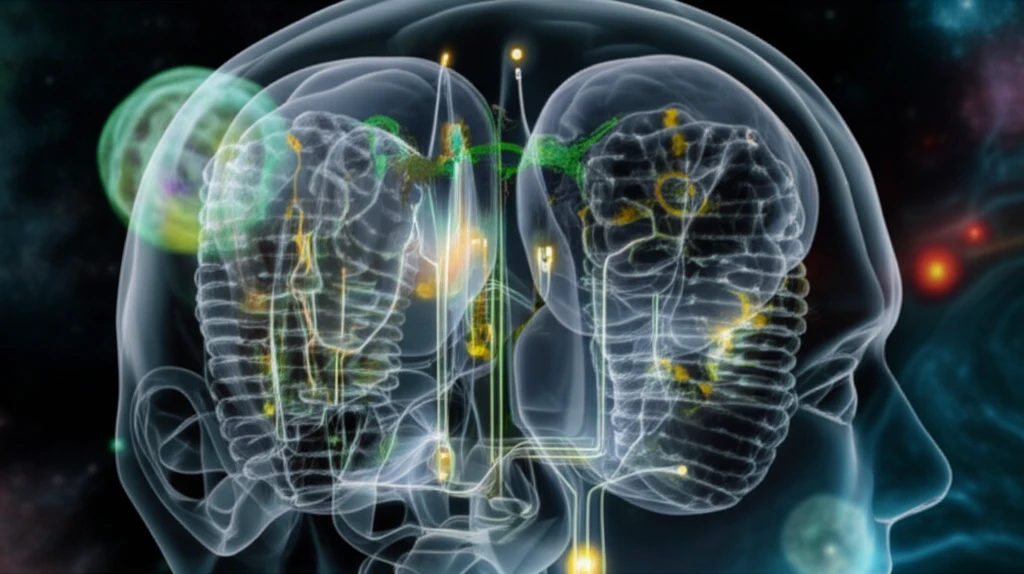
Unlocking CFTR: How New 3D Structures are Changing Cystic Fibrosis Research
"Recent breakthroughs in understanding the CFTR protein offer hope for improved therapies and a deeper understanding of cystic fibrosis."
Cystic fibrosis (CF) is a devastating genetic disorder affecting thousands worldwide. At the heart of this disease lies the cystic fibrosis transmembrane conductance regulator (CFTR) protein, a crucial component for regulating the flow of salt and water across cell membranes. When CFTR malfunctions, it leads to a buildup of thick mucus in the lungs, digestive system, and other organs, causing a range of life-threatening complications.
For years, scientists have been working tirelessly to unravel the complexities of the CFTR protein. Understanding its structure is key to deciphering how it works, how mutations disrupt its function, and how we can develop effective therapies. Now, thanks to recent advances in structural biology, we're finally gaining unprecedented insights into the 3D architecture of CFTR.
This article delves into the latest breakthroughs in CFTR structural research, summarizing the recent progress in understanding its 3D structure and briefly discussing the implications for developing new treatments. We'll explore how these findings are transforming our understanding of CF and offering new hope for improved therapies.
A 3D Revolution: Mapping the CFTR Protein

The journey to understanding CFTR's structure has been a long and challenging one. Researchers have spent years studying individual domains of the protein using techniques like X-ray crystallography and nuclear magnetic resonance (NMR) spectroscopy. However, obtaining a complete picture of the full-length protein proved difficult due to its instability and dynamic nature.
- Cryo-EM Breakthrough: Recent studies utilizing cryo-EM have provided medium-to-high-resolution 3D structures of the full-length CFTR protein.
- Zebrafish and Human CFTR: Structures have been obtained from both zebrafish and human CFTR, offering valuable insights into the protein's architecture.
- Inactive State Structures: These initial structures represent a non-phosphorylated, apo form of the channel, depicting a closed and inactive state. The nucleotide-binding domains (NBDs) are fully dissociated in this conformation.
The Future of CFTR Research and Therapy
The recent advances in CFTR structural biology represent a major step forward in our understanding of cystic fibrosis. These new 3D structures provide a framework for deciphering the molecular mechanisms underlying channel gating, drug interactions, and the effects of disease-causing mutations.
While significant progress has been made, many questions remain. Future research will focus on obtaining higher resolution structures, characterizing the conformational changes that occur during channel gating, and elucidating the mechanisms of action of current modulator compounds. Understanding the role of the R region in regulating channel activity is also a key area of investigation.
Ultimately, these structural insights will pave the way for the development of more effective therapies for cystic fibrosis. By understanding the intricate details of CFTR's structure and function, scientists can design targeted drugs that correct the underlying defects and improve the lives of individuals living with this challenging disease.
